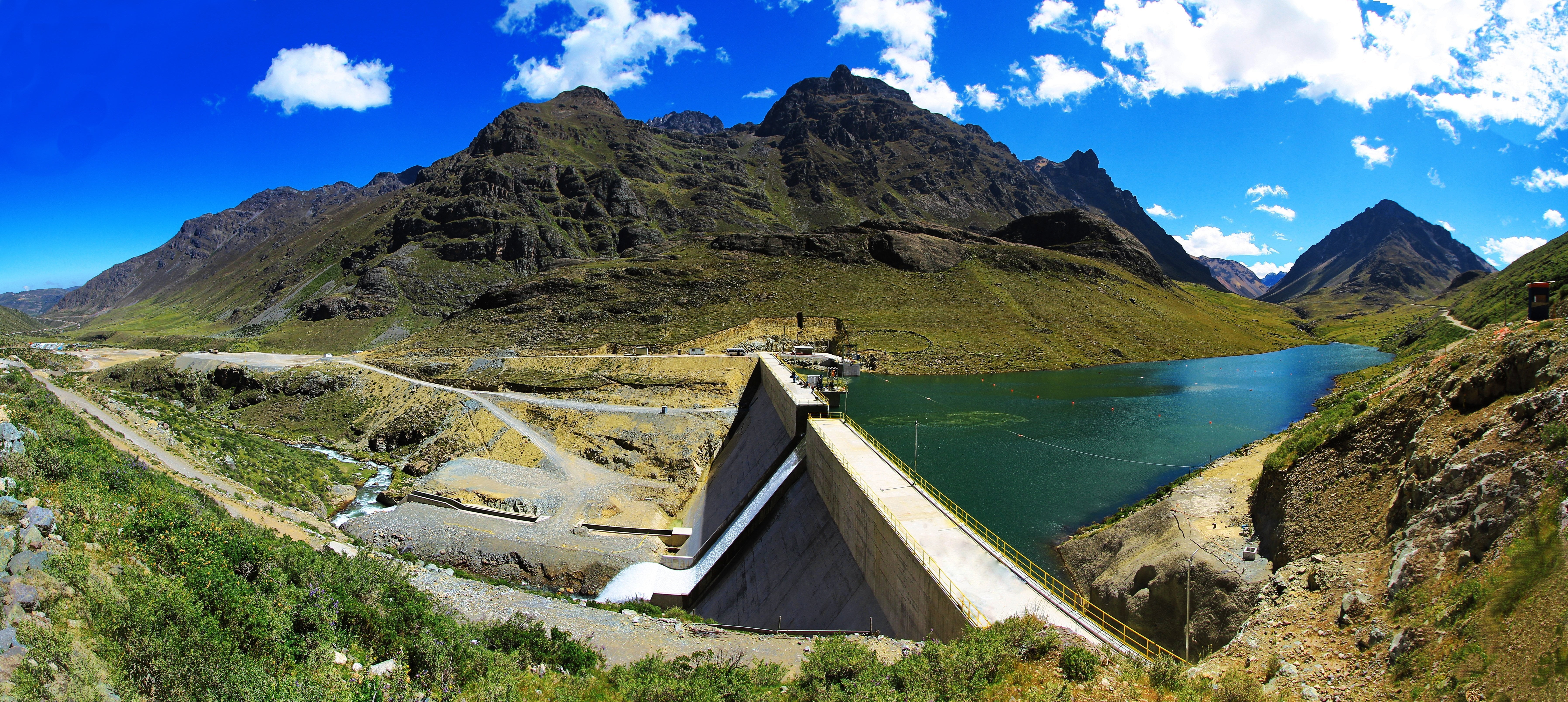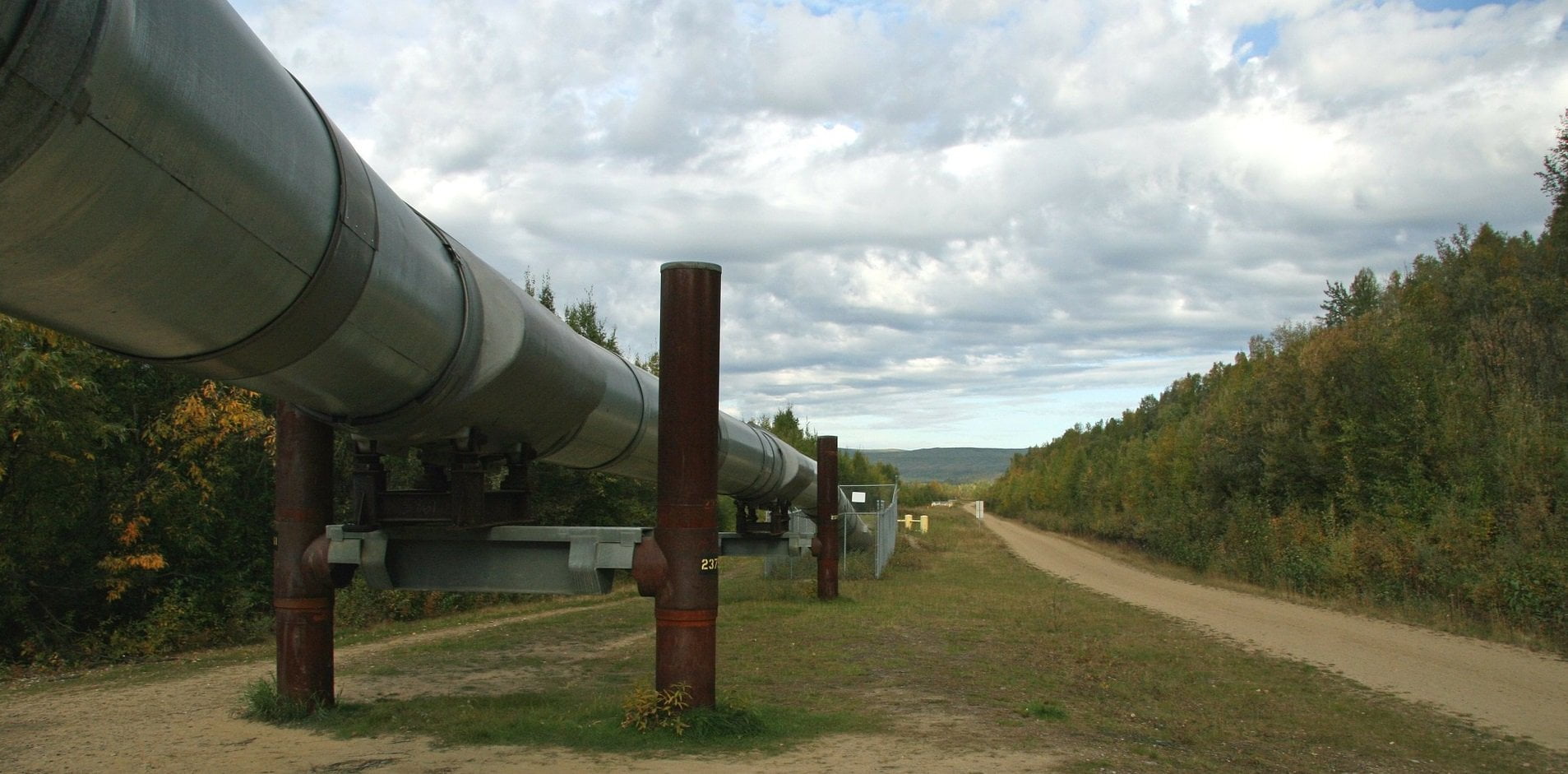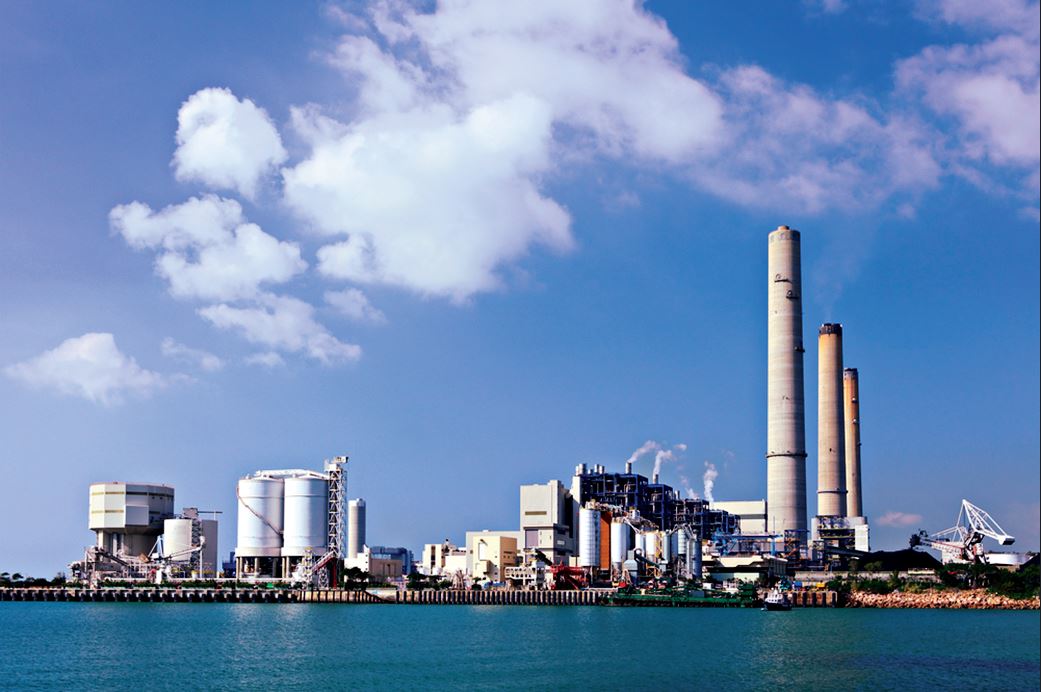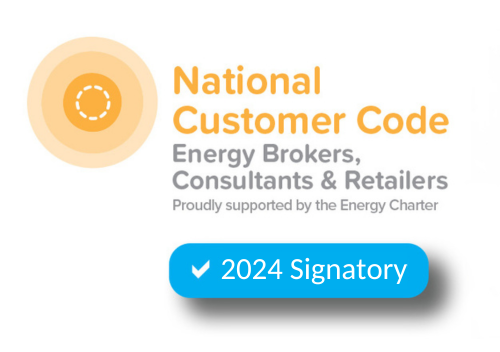Mild and Spring-like weather in early May resulted in plateaued electricity prices which did not shift much through the month, but the recent cold snap has driven them back up.
The dry forecast for the winter months is also having an effect on the market as worries about diminished hydro production due to low dam levels intensify.
 Snowy did increase its output earlier in the month, leading to lower prices. But Lake Eucumbene has now worryingly dropped to 24.4 percent and looks to trend downwards. As a result, Snowy scaled back on output, leading to the latest spike.
Snowy did increase its output earlier in the month, leading to lower prices. But Lake Eucumbene has now worryingly dropped to 24.4 percent and looks to trend downwards. As a result, Snowy scaled back on output, leading to the latest spike.
New South Wales, Queensland and Victoria all experienced a spike in futures prices, especially for the year 2020, which has seen a jump of $30 per Megawatt Hour when compared to the same time last year.
The only state to buck the trend is South Australia which experienced a slight drop for 2020 prices and a more pronounced one for 2021 and 2022. The state experienced prolonged and consistent wind to drive its turbines, resulting in softer futures prices in May.
The market remains unsettled in the wake of the Federal Election, which saw the incumbent government re-elected. The energy industry has long pleaded with the Coalition to implement an energy policy to bring stability to the market.
As things stand with the Coalition’s often ambiguous stand on coal and renewable energy, the market continues to remain in flux with price volatility.
Investors are hoping for a more certain regulatory framework moving forward to reduce the risk in their investments. It is likely the investment environment will still continue to gather steam.
Australia continues to experience drought and fears that El Nino will extend the period will put further pressure on the already depleted Snowy and Tasmania’s hydroelectricity supply.
| DATE | REGION | Average Spot | Av Peak Spot |
| 2019/05 | NSW | 79.12 | 89.87 |
| 2019/05 | QLD | 72.81 | 81.39 |
| 2019/05 | SA | 84.86 | 91.96 |
| 2019/05 | TAS | 92.55 | 101.97 |
| 2019/05 | VIC | 91.90 | 103.35 |
Source AEMO – Prices are $/MWh
Continued dry spells, low hydro output puts pressure on prices
 The Bureau of Meteorology updated its three-month rainfall outlook last week with the winter forecast suggesting drier than average winter for much of eastern and southern Australia.
The Bureau of Meteorology updated its three-month rainfall outlook last week with the winter forecast suggesting drier than average winter for much of eastern and southern Australia.
This is concerning for both drought conditions and also water levels at the two main hydropower stations Snowy (NSW) and Hydro Tas). Current water levels at Snowy’s Lake Eucumbene are 24.4% and are trending downwards.
The last available figures from Hydro showed an output of 155 GWh, which is less than half of what it produces when the lakes are at a good capacity.
Storage levels at Eucumbene are not expected to increase markedly until the second half of the year following winter rains and the melting of snow cover in early spring.
Tasmania’s hydro plants are also conserving water and have cut production down to a minimum. This operating behaviour is expected to continue until winter rainfall begins to replenish Tasmanian dam levels.
El Nino threat
The east coast of Australia has experienced long periods of drought in 2019, but the possibility of a ‘Monster El Nino’ will compound matters further and could push wholesale electricity prices through the roof.
El Nino is a weather phenomenon which causes higher than usual temperatures. This, of course, leads to more demand as people turn up their air conditioning. El Nino also means less rain, stretching the supply of water used in hydro power generation in Tasmania and Snowy. Because water levels drop, there is less supply from these sources. The formula of increased demand and restricted supply pushes prices up.
You can read more about the El Nino phenomenon here.
Federal Government energy proposals
The Coalition wants to encourage current fossil generators to extend the lifespan of their power plants, although there does not seem to be much appetite to do so due to the rising costs of coal, maintenance of sites and the falling cost of renewables.
In its election campaign, the Coalition announced:
- Extra $2 billion for the Direct Action scheme.
- No additional funds for the CEFC.
- Default offers for residential and small business users.
- Underwriting of new dispatchable generation – shortlist of projects has already been announced.
- No change to current renewable energy target.
Any investment in new generation will bring down prices, and that is reflected in the forward markets, with 2021 and 2022 being much lower than 2020. This is despite the planned closure of Liddell power station in 2022.
Supply-side factors
 The Bass link cable which connects Tasmania to Victoria tripped twice in May, which inevitably caused supply and demand issues, putting upward pressure on prices.
The Bass link cable which connects Tasmania to Victoria tripped twice in May, which inevitably caused supply and demand issues, putting upward pressure on prices.
Gas generators across the NEM have been pricing volume up to conserve gas.
The cold weather in Victoria has also led to a high demand for gas. As a result of excess demand, Victoria also put demand response into action. Newport power station also had an unplanned outage.
New South Wales also faced really high demand at the end of May due to the cold and wet weather. Mt Piper and Tallawarra power stations tripping compounded the effect on spot prices.
June outlook
The colder months are pushing the demand for electricity up due to heating. Queensland black-coal generators are expected to maintain strong output and exports of electricity to southern regions over coming months, offsetting the effect of the coal-fired generator outages in NSW and Victoria.
Multiple coal-fired units in New South Wales and Victoria are undertaking planned outages over coming weeks and the performance of the remaining units will be important in determining price outcomes during June.
Further forced outages and unit trips would result in higher average prices, though extreme price events are not expected due to the availability of gas and hydro peaking plants.
Want to find out the best times to tender for energy contracts?
Knowing when to go to the market to purchase energy for your business at future prices is a great way to establish exactly how much you will be paying and for how long.
The key is to know the exact time to go to the market. Our Energy Management Consultants are always plugged into the National Energy Market and will advise you when the time is right to enter into an energy contract. Call us on tel: +61 1300 852 770 or send us an email on info@leadingedgeenergy.com.au







